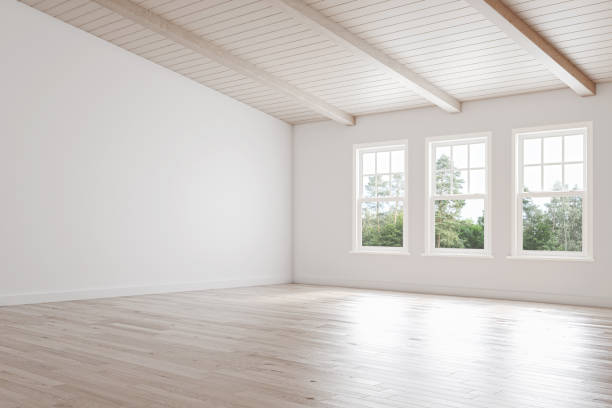
Climate greatly influences your home`s cleaning schedule and methods. Seasonal changes bring unique challenges. From dust storms to humidity, each region requires specific cleaning solutions for healthier living.
Spring often brings pollen and dust indoors. Regular dusting becomes essential. Allergens can settle on furniture and floors. Keep windows closed during high pollen days to minimize indoor spread.
Summer increases indoor humidity, promoting mold growth. Ventilate bathrooms well and clean with mold-fighting solutions. Dry damp areas quickly to reduce moisture buildup and maintain air quality.
Humid areas require daily attention. Moisture can settle on surfaces, causing mildew. Wipe down kitchen and bathroom counters frequently. A dehumidifier helps reduce mold and moisture issues indoors.
Mold loves warm and moist environments. Use vinegar or specialized cleaners on tiles and grout. Clean shower curtains regularly to avoid black spots forming from condensation buildup.
Wooden furniture may absorb moisture, leading to swelling or warping. Dust often and apply protective polish. Keeping indoor humidity balanced protects both surfaces and air quality.
Dry areas often mean dusty homes. Dust settles quickly on surfaces. Clean ceiling fans, shelves, and electronics often. Use microfiber cloths to capture fine particles more effectively.
Windows left open bring in outdoor dust. Consider keeping screens clean and use air purifiers. Vacuum carpets regularly using HEPA filters to trap fine dirt and allergens.
Dry air can damage leather and wood. Apply conditioners to leather surfaces to prevent cracks. Use humidifiers to maintain balance for sensitive materials inside your home.
Cold weather means closed homes and limited airflow. Vacuum frequently to reduce allergens. Dust and pet dander tend to accumulate faster in rooms with limited ventilation.
Wet shoes bring in dirt, salt, and water. Place absorbent mats at all entrances. Clean them daily and wash entryway floors often to prevent staining and mold.
Condensation on windows is common. Wipe them down to avoid mold in corners. Use moisture-absorbing products around windowsills to stay ahead of mildew.
Frequent rain calls for mud management. Shoes should stay outside or in designated trays. Mop entryways regularly to reduce the chance of slipping and mold forming on wet surfaces.
Excess water in the air boosts mildew and bacteria. Bathrooms and kitchens need extra care. Clean tiles and walls more often with anti-mold sprays or baking soda and vinegar.
Tropical pests like ants and cockroaches thrive in damp conditions. Keep counters and floors crumb-free. Use natural repellents and clean behind furniture where pests may hide.
You should clean high-moisture areas like bathrooms daily. Wipe surfaces and run ventilation fans to prevent mold.
Yes, products with mold resistance work best in humid areas, while dust repellents suit dry climates better.
Keep damp clothes out of the house, use dehumidifiers, and clean tiles and surfaces regularly with anti-fungal cleaners.
In dusty or humid areas, more frequent cleaning is necessary due to faster buildup of allergens, mold, or grime.
Yes, focus on indoor air quality, clean vents, and manage dirt and salt tracked in from snow or rain.